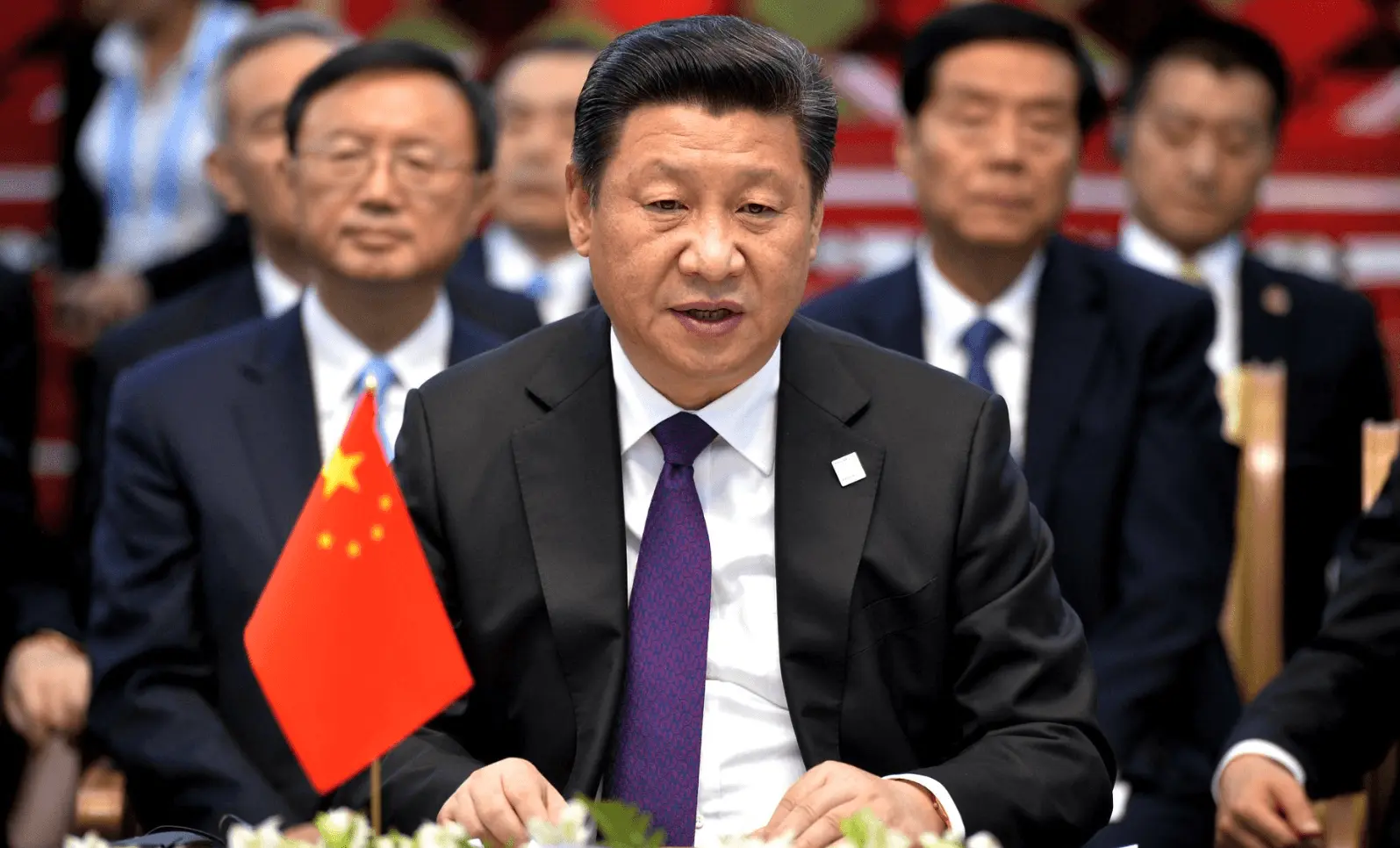The shift
Renewed interest in nuclear weapons heralds a shift away from a period little more than a decade ago when US President Barack Obama spoke publicly about his deep interest in reducing nuclear arms, and broadly there was an appetite for disarmament.
Maria Rost Rublee, associate professor in international relations at Monash University, says that in the past decade geopolitics have shifted. Now, the likes of Russia are relying more heavily on their nuclear stockpiles for military security.
“What is different today [from during the Cold War] is that we don’t just have two countries facing off, we have a lot more countries with nuclear weapons, including countries that might be more willing to use them,” Rublee says.
The numbers
Earlier this month, the Pentagon estimated China will have up to 700 deliverable nuclear warheads by 2027. It currently has about 350, according to the Pentagon estimates.
However, Russia and the US continue to own more than 90 per cent of the world’s nuclear weapons.
The US and Russia had more warheads in operation in January 2021 than a year earlier, even though they had reduced the overall number of weapons they had, according to SIPRI, an independent institute that does research in disarmament.
This year, the UK reversed a policy of reducing the country’s nuclear arsenal and increased the planned cap on nuclear warheads; and there are reports that India, Pakistan and North Korea are expanding their capabilities.
Alicia Sanders-Zakre of ICAN, a non-government organisation focused on the abolition of nuclear weapons, says the increased risk from nuclear weapons is not solely about numbers. Increased use of cyber-warfare and artificial intelligence can result in miscalculations, she says.
Nuclear technologies and arsenals are also increasingly sophisticated, making them an even more dangerous prospect in an unstable geopolitical climate.
China, for example, made headlines last month with a suspected test of a hypersonic weapons system. These weapons are low-flying, fast and easily manoeuvrable, which enables them to get around traditional missile defence systems.
America’s multibillion-dollar programme will modernise its arsenal over the next two decades. Its plans include developing two new nuclear warheads for its stockpile, according to US think-tank the Center for Strategic and International Studies.
Why is a buildup happening? Are we heading into a new Cold War?
Indications that China is increasing its arsenal are seen as a possible shift away from its cautious approach to weapons. Unlike other countries with nuclear weapons, China says it would never initiate a nuclear weapons strike, instead the weapons are used as a deterrent.
Deterrence theory states that nuclear weapons are intended to deter other states from attacking with their nuclear weapons, through the promise of retaliation and possibly mutually assured destruction.
Chinese state-owned Global Times said any increase in weapons would be due to the comprehensive strategic threat the US poses and a shift in what a minimum deterrence looks like. “Our nuclear forces must become so powerful that the elites in Washington will tremble in fear at the mere thought of imposing a nuclear deterrent on China,” its August 7 article said.
Tanya Ogilvie-White, senior research adviser at the Asia-Pacific Leadership Network, says China’s decision to expand its nuclear arsenal is a worrying development. But, she says, it is partly a response to the nuclear modernisation going on in the likes of the US and Russia. Beijing has refrained from fielding some of the riskiest nuclear weapons, such as nuclear-capable cruise missiles, even though it has the capability to do so.
Ogilvie-White adds there has been a shift recently in the thinking of some decision makers globally, who now think actually firing a small nuclear weapon could de-escalate a situation as it would show a willingness to use such weapons.
“It is deeply troubling,” says Ogilvie-White, who studies nuclear deterrence. “You don’t need many nuclear weapons to cause total havoc and kill millions of people. The idea that you could use them to win wars is a dangerous fallacy.”
Nuclear weapons levels globally do remain well below those seen during the Cold War.
The UK Government says that it needs to maintain nuclear weapons as a deterrent because the threats facing the country are increasing in scale, diversity and complexity, and abandoning nuclear weapons would put the country at greater risk.
How does Aukus fit within this?
Australia, the US and the UK have announced a new strategic partnership. As part of the agreement, Australia will get the technology required to build nuclear-powered submarines.
These are not nuclear weapons. However, it does raise concerns. Accidents happen. An increase in nuclear-propelled submarines boosts the risk that something could go wrong. It also raises questions about whether other countries could reach agreements for similar types of hardware.
It is not all bad news
In January, a United Nations treaty banning nuclear weapons came into force. The treaty has been ratified by more than 55 countries – none of the nuclear powers have signed it.
Angela Woodward, who is deputy executive director of non-profit Verification Research, Training and Information Centre (Vertic), says while the treaty applies only to those who sign it, it makes nuclear weapons less acceptable and will hopefully create pressure in the same way treaty bans on chemical weapons and cluster munitions did.
According to an ICAN report, 127 financial institutions stopped investing in nuclear weapons this year, many due to the pressure that came about as a result of the treaty.
“The power of this treaty is only just starting to be realised,” says Woodward, who specialises in arms control and disarmament.
The Treaty on the Non-Proliferation of Nuclear Weapons remains in place and is the cornerstone of nuclear disarmament. And in March, Russia and the US agreed to extend the 2010 New Strategic Arms Reduction Treaty (New START) for five years, keeping in place the treaty’s verifiable limits on the deployed strategic nuclear arsenals of the world’s two largest nuclear powers.
However, Woodward notes that nuclear states are “interpreting their disarmament obligations under the nuclear non-proliferation treaty very widely”.
But is there more New Zealand can do?
New Zealand remains globally respected on nuclear issues due to its strong and long-standing stance against such weapons. Analysts say that New Zealand needs to continue to add its voice to concerns about non-proliferation and to speak out against activities by all nuclear-powered countries.
Twyford says he also believes New Zealand needs to continue to call out the nuclear weapon states for what they are doing and not allow the diplomatic niceties or friendships and alliances to mute our voice. We do this, he says, in both multinational and bilateral forums.
“We are trying to build a renewed commitment to disarm. We have got to get out of this downward spiral.”
The original article can be viewed in full here.




